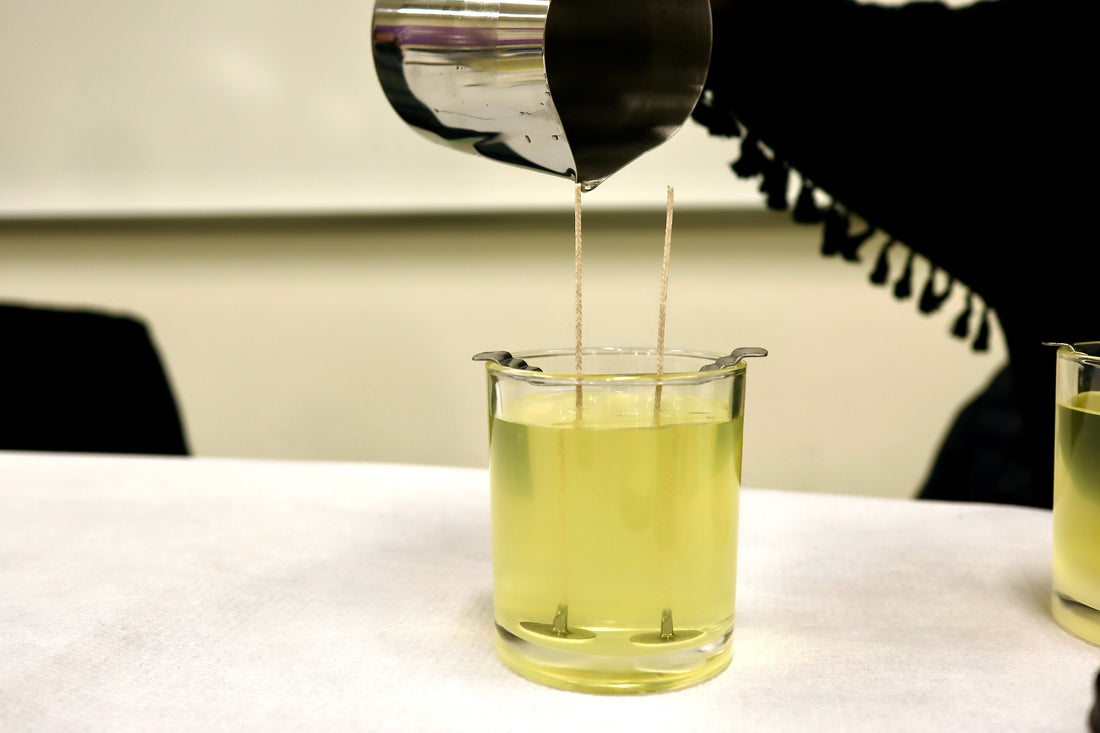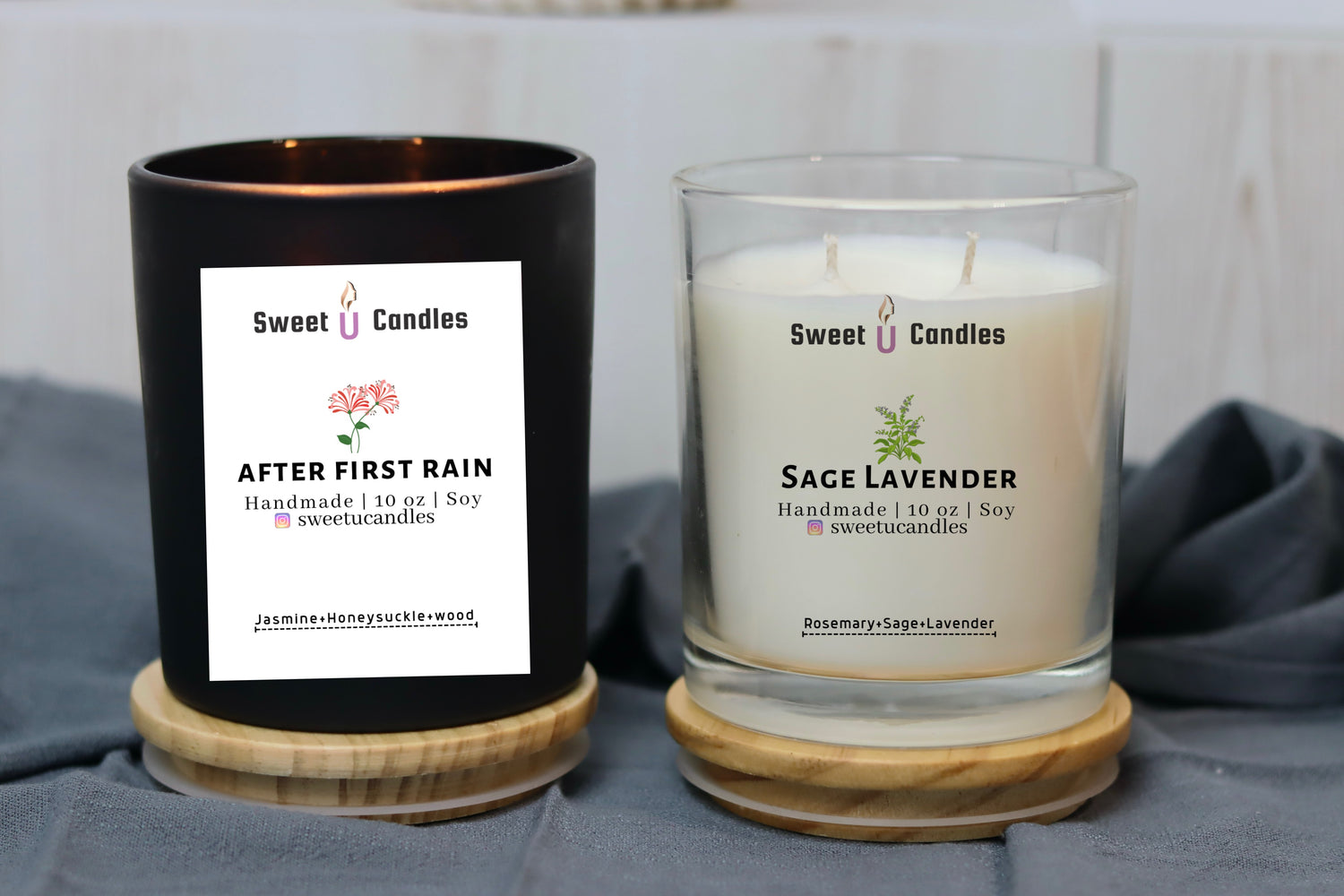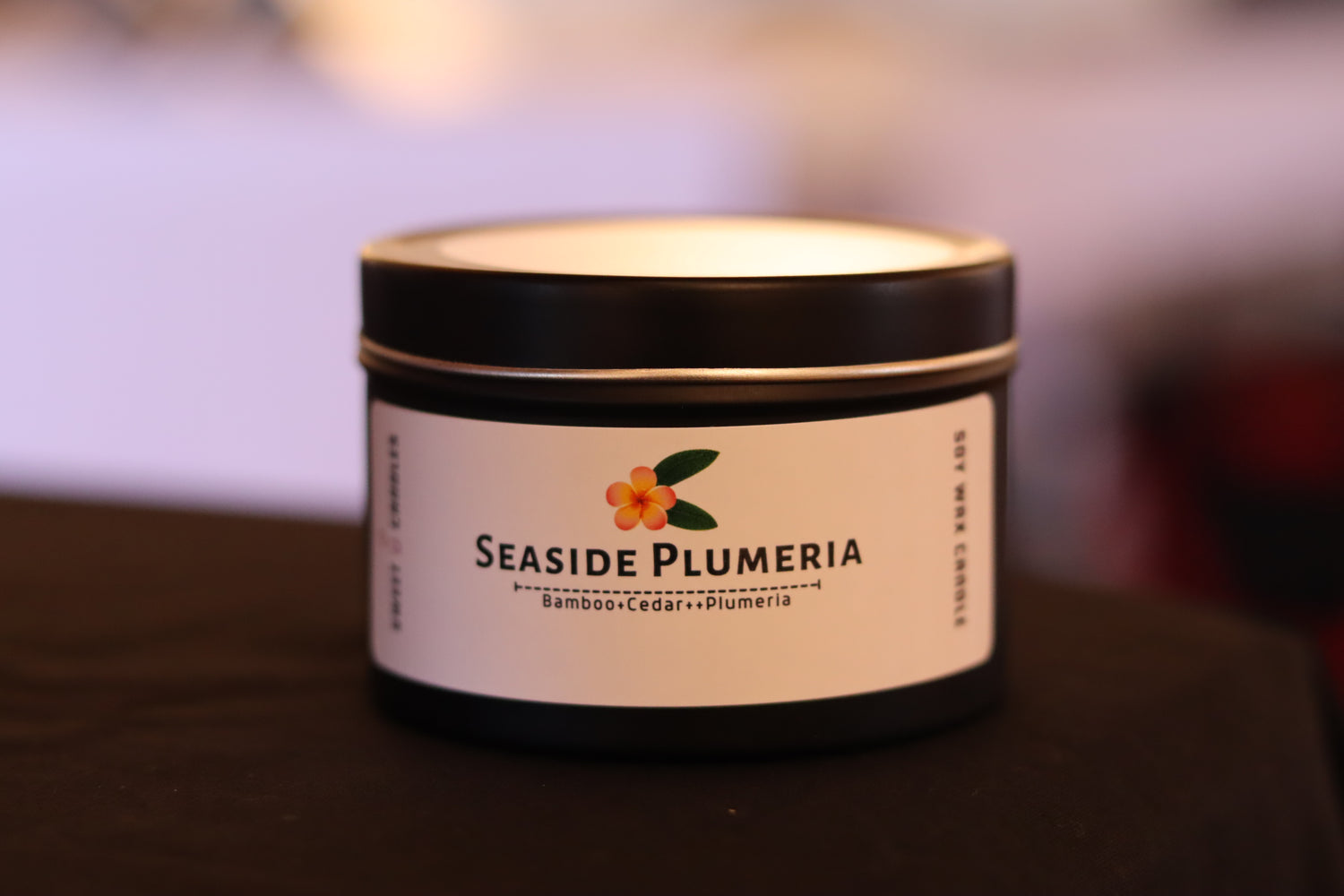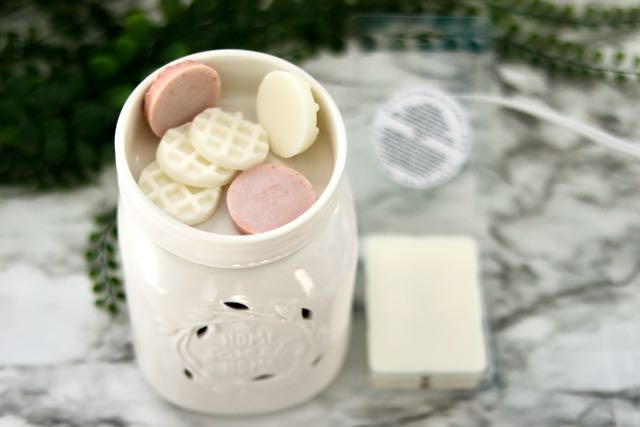Candle making is a fun and creative hobby that allows you to express your individuality through unique scents and designs. However, for beginners, the process can be daunting and intimidating. Fear not, as we have compiled six helpful tips to guide you on your candle-making journey.
Tip 1: Follow Wax Manufacturers Recommendations When it comes to candle making, not all wax is created equal. Each wax has its own set of properties, making it essential to follow the manufacturer's recommendations. Even if you're a novice, investing in a thermometer will significantly enhance your candle-making experience. Pay attention to the recommended labels on the wax for fragrance, dye, and pour temperatures. Developing a routine is more important than formulating the perfect candle during your first few attempts.
If temperatures aren't specified, here's what you need to do:
- Melt the wax and note the melting point.
- Increase the temperature beyond the melting point by 30-40°F.
- Add dye (if using) anytime after the melting point and stir.
- Add fragrance oil (if using) approximately 20°F above the melting point while stirring regularly.
- Pour the solution into containers approximately 10°F above the melting point.
Tip 2: Pay Attention to Your Temperatures Temperature is critical in candle making as it controls the chemistry behind the process. Every component of the thermal lifecycle, from melting the wax to pouring it into the container, must be monitored. As a beginner, ensure that you don't pour the wax into your container at a cold temperature. Doing so will ruin the candle and leave you with an unsatisfactory result. If you encounter difficulties, reheat the wax and try again. For soy wax, pour the mixture once it becomes foggy.
Tip 3: Calculate the Amount of Wax You Need Candle making is rooted in science, and determining the amount of wax required to fill a set of containers can be achieved through several methods. If you're a science enthusiast, calculate the specific gravity of the wax, add it to the volume of fragrance oil and dye, and use the result to determine the amount of wax needed. However, this is not necessary for beginners. A general rule of thumb is to use a kitchen scale to fill your containers with water, weigh the total weight of the water, subtract the container's weight, multiply by 0.86 to get the weight of wax, and measure out the wax accordingly.
Tip 4: Be Mindful of Materials Candle making requires specific materials, such as wicks, containers, and fragrance oils. The type of container used affects the candle's appearance and how the scent diffuses. Glass containers allow for a clean burn and create an even layer of wax, while tin containers are better suited for travel candles. The size of the wick determines how much wax is burned per hour, and the scent of fragrance oils can be intensified by adding more drops.
Tip 5: Concentration is Key A crucial aspect of candle making is ensuring that the ingredients are mixed thoroughly. A good way to achieve this is to measure and pour all ingredients at once and stir frequently. After pouring the wax, ensure that the wick is centered and straight before it hardens. Remember to take notes on the measurements and ingredients used for future reference.
Tip 6: Practice Patience and Enjoy the Process Candle making is a relaxing and enjoyable activity that requires patience and practice. Don't be too hard on yourself if your first few candles don't turn out perfectly. Take the time to learn and experiment with different scents, designs, and materials. Enjoy the process and embrace the imperfections, as they make each candle unique and one-of-a-kind.
In conclusion, making candles at home can be a fun and rewarding experience. However, it's important to pay attention to the materials, temperatures, and calculations involved in the process. Following the recommended instructions and using a thermometer can make a huge difference in the quality of your candles. Additionally, taking note of your own personal preferences and experimenting with different scents and colors can lead to unique and personalized creations. With practice and patience, anyone can become a skilled candle maker and enjoy the relaxing ambiance of their own handmade candles.




